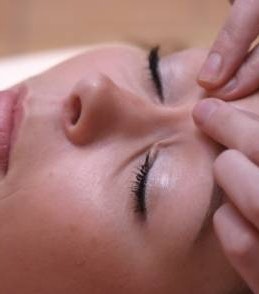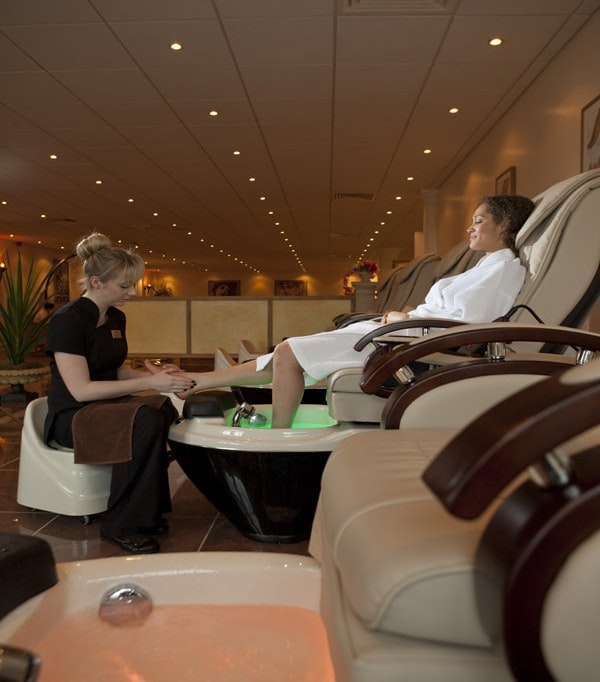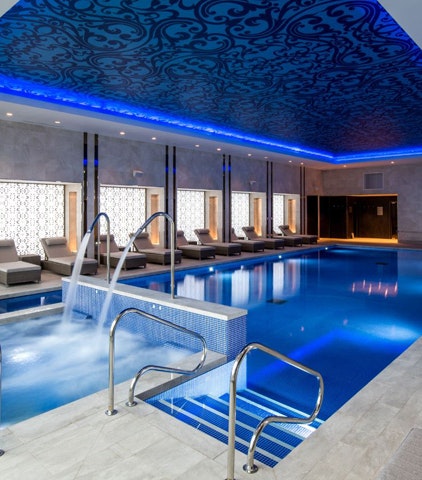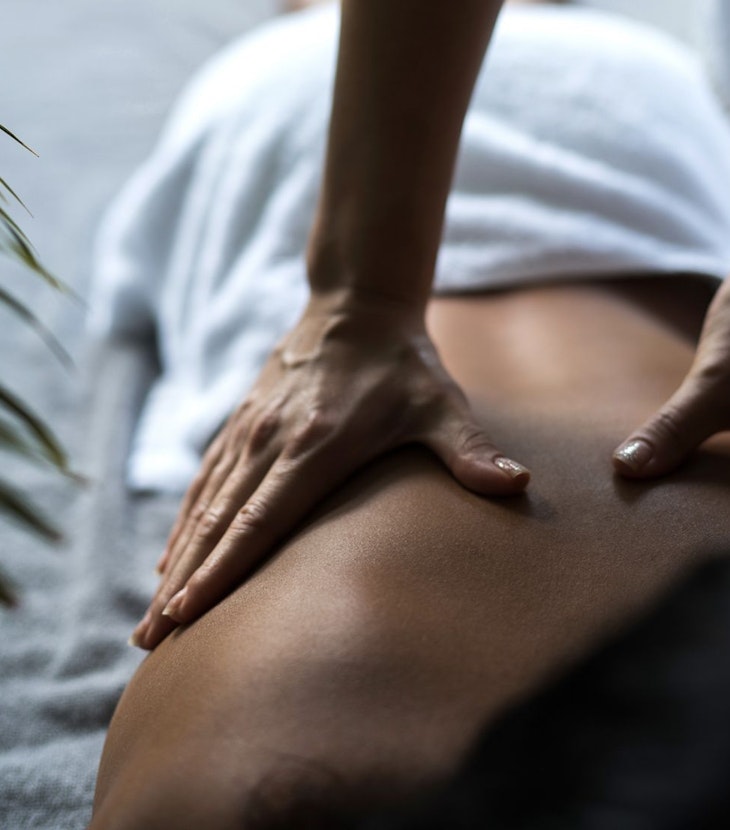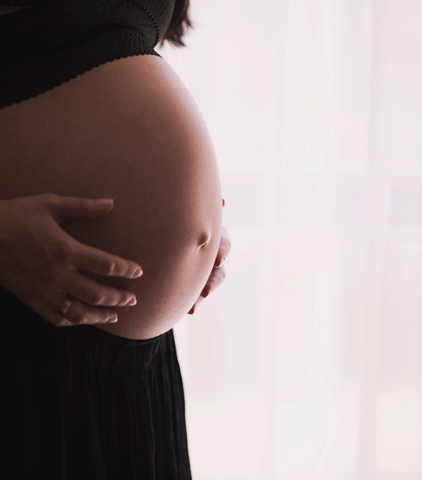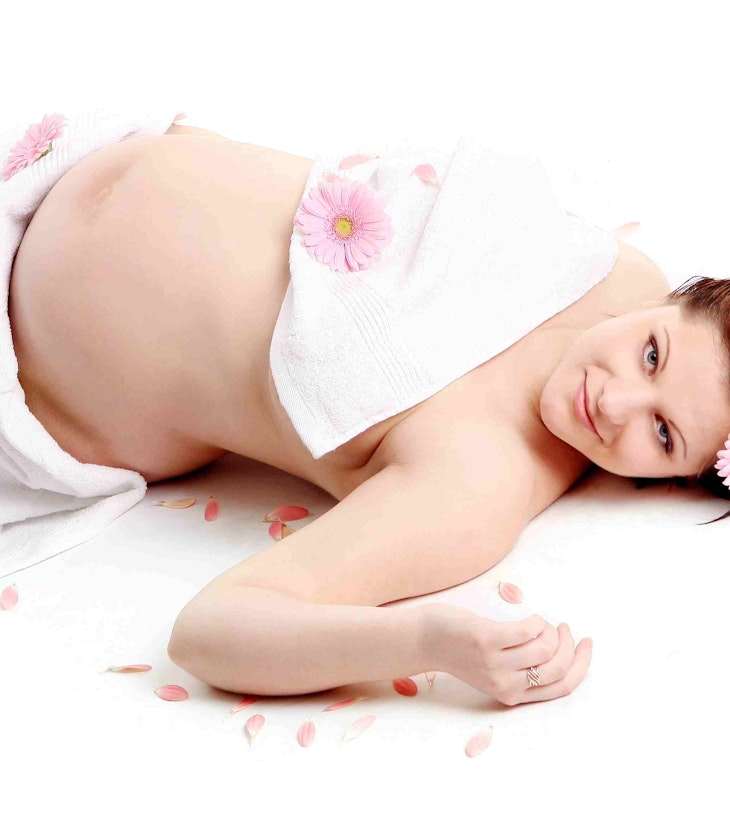
Top 5 Pregnancy Spa Myths Debunked
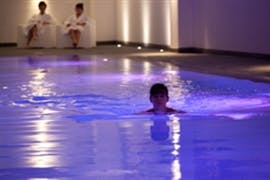
When it comes to visiting a spa during pregnancy, there are lots of myths out there that can cause confusion. In this guide, we set out a few of the most common myths to help you get the most out of your spa experience.
Myth 1: “Essential oils should never be used in pregnancy”
Truth:
As long as you are healthy in pregnancy and use them with caution, certain aromatherapy oils may be used when pregnant, such as relaxing lavender and ylang ylang for example. “Add one drop to 5ml of a carrier oil like grapeseed,” says Kerry Symons, Spa Manager at Champneys Henlow, adding: “Oils you should not use, for example, include rosemary and jasmine,” as these are too stimulating.
Read our pregnancy massage guide for a list of other oils to avoid. Always consult a doctor or qualified aromatherapist for advice.
Did you know? Peppermint oil, sometimes prescribed as a nausea aid, is thought to decrease milk production, so is best avoided, particularly when approaching your final trimester.
Myth 2: “It's unsafe to have the tummy massaged when pregnant”
Truth:
Not true, but as you’d expect, there are restrictions, which is why it is crucial to let the spa know ahead of time how far along you are: “We would not recommend massaging the stomach at all in the first 12 weeks,” says Hannah Farrell-Wall, Treatments Manager at Ragdale Hall. Champneys’ Kerry Symons agrees: “It’s perfectly safe in term two to have creams applied with light pressure to the stomach area. This helps prevent stretch marks.”
Massage has hydrating benefits too: “Remember, pregnant skin is thirsty skin, so in a Mama Mio treatment, we’d apply plenty of omega-rich oils and creams, which in turn prevents stretch marks,” says Claire Bush, Director of Spa Services at pregnancy brand Mamo Mio, available at Champneys.
Did you know? Areas of a pregnant woman’s body that should not be massaged include the insides of the legs (the area is more prone to clotting in expectant mums) and the reproductive and pituitary gland pressure points of the feet and ankles in reflexology. Click here for other do’s and don’ts.
Myth 3: “It is not safe for a pregnant woman to lie flat on her back, or face down, in spa treatments”
Truth:
Both of these extreme positions are contraindicated (not allowed) for pregnant women. Lying completely flat on her back, together with the weight of the uterus, can put too much pressure on an expectant mum’s ‘vena cava’ vein, potentially restricting oxygen to the baby and could cause mum to feel nauseous, dizzy and breathless. “We would not recommend our pregnant guests lie on their front after approximately 18 weeks, depending on the individual,” says Ragdale’s Hannah Farrell-Wall. Champneys’ Kerry Symons adds: “It is advised to lie on your side, or on your back (but never flat), with the back and knees supported.” Some spas ask mum to sit semi-upright in a chair or to lean gently over the massage couch, appropriately supported with bolsters and cushions, depending on the individual and stage of pregnancy. Some spa massage couches have holes cut out and pillow supports to accommodate a smaller bump. Spas tend to consider it safest to massage pregnant spa guests sideways or semi-seated.
Did you know? Elemis devised its signature huge floor-positioned beanbag when the spa brand’s Product and Treatment Development Director Noella Gabriel found this was the most comfortable way of being massaged during her own pregnancy.
Myth 4: “Facials, manicures and pedicures are the only safe spa treatments you can have when pregnant”
Truth
A myth indeed. Although that’s not to say you can just book in for any old treatment. Spa managers painstakingly formulate specialist pregnancy treatments that balance both safety with effectiveness for all stages of pre-natal development: “We have a wide range of treatments available to guests over 12 weeks pregnant,” says Ragdale Hall’s Hannah Farrell-Wall, “and our Elemis Nurturing Mother-to-be treatment is safe to have throughout pregnancy.”
Did you know? Other treatments can be added to the list after three months of pregnancy, according to Champneys’ Kerry Symons, who advises against any electrical, heat or detoxifying treatments or facilities, and to always consult your doctor for advice.
Myth 5: “You glow throughout pregnancy anyway, so facials are unnecessary!”
Truth
Thicker hair, fast-growing nails and increased blood volume in the body from pregnancy’s rapid hormonal changes may bring a natural rosy glow to the cheeks (sadly the benefits tend to nosedive after birth). However, the downside can be acne breakouts, dry itchy skin, spider veins, chloasma (the ‘mask of pregnancy’ caused by the body producing more pigment and reacting more sensitively to sunlight), moles and skin tags.
A clarifying and hydrating facial not only helps tackle these issues on a physiological level, but the whole pampering experience of a pre-natal spa day or spa break offers far-reaching benefits in terms of improving an expectant woman’s general sense of relaxation and wellbeing in the run-up to the birth and the demands of new motherhood.
